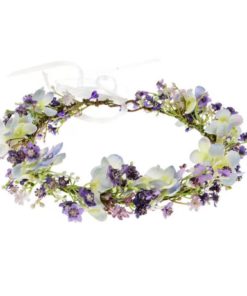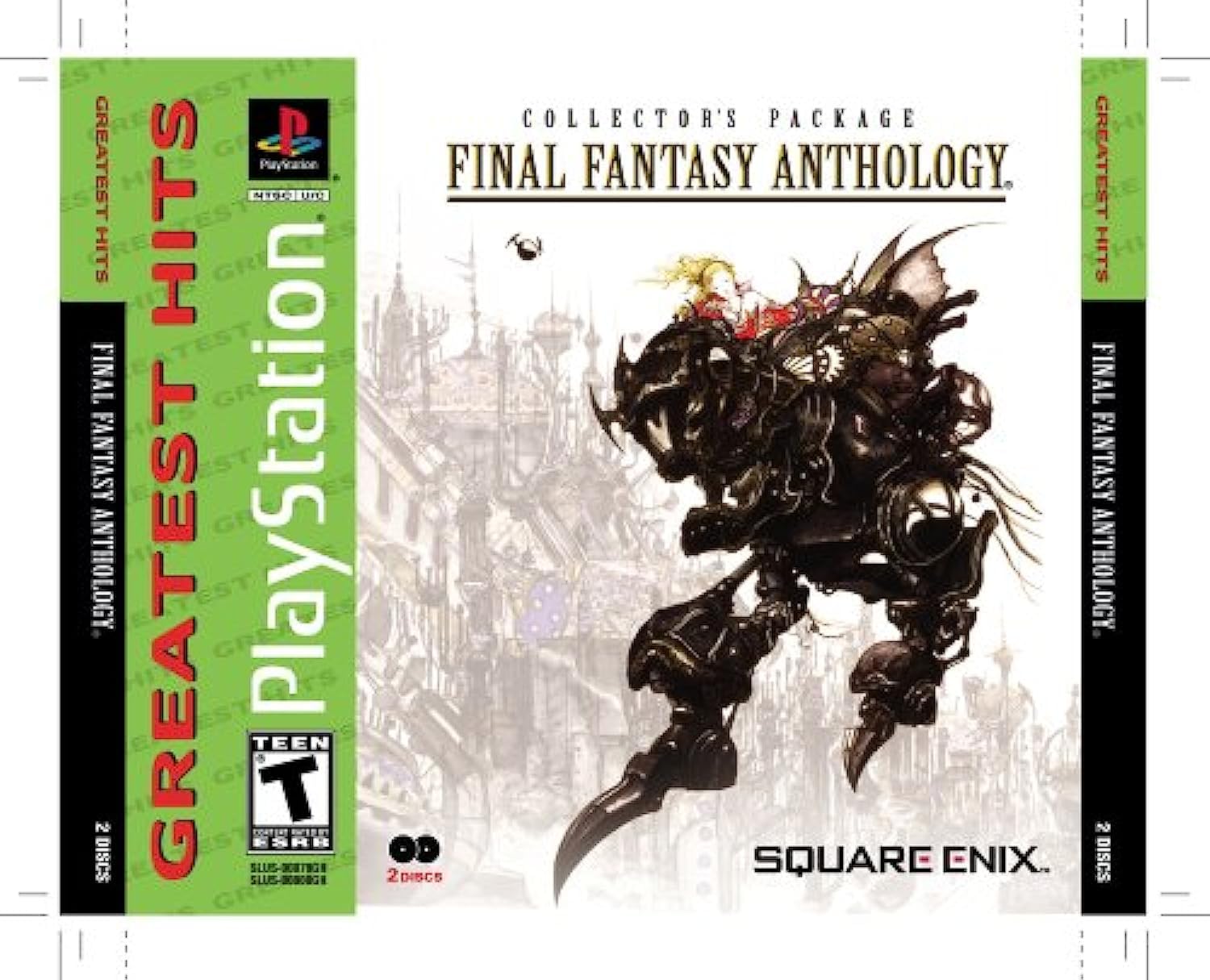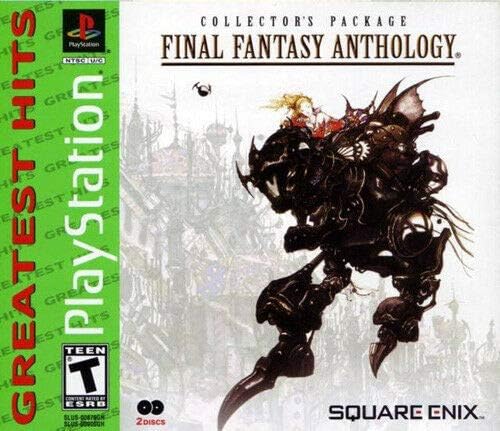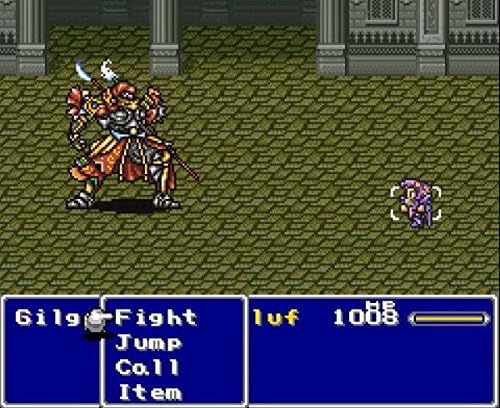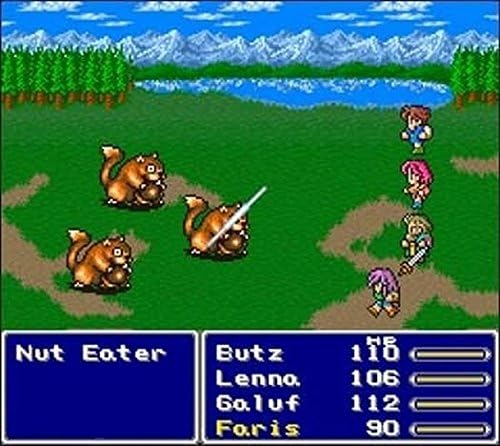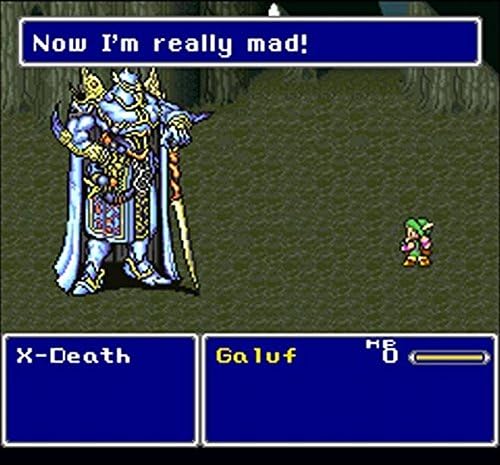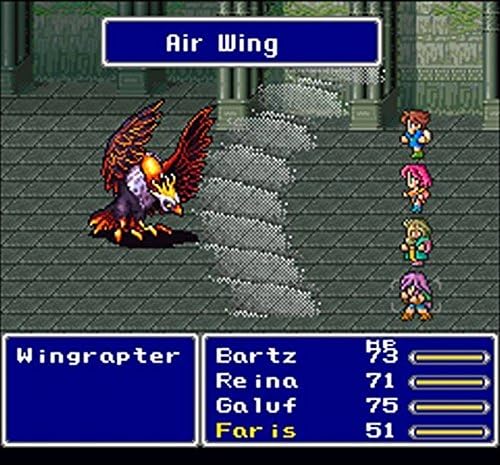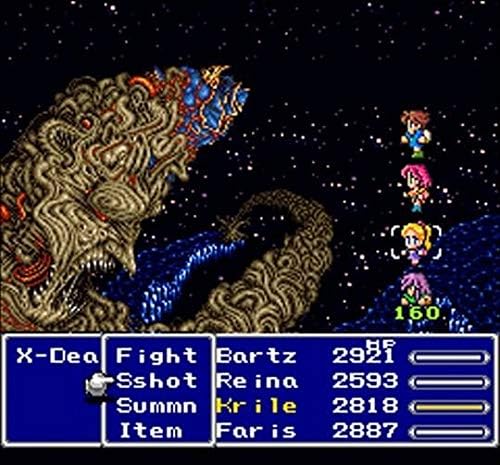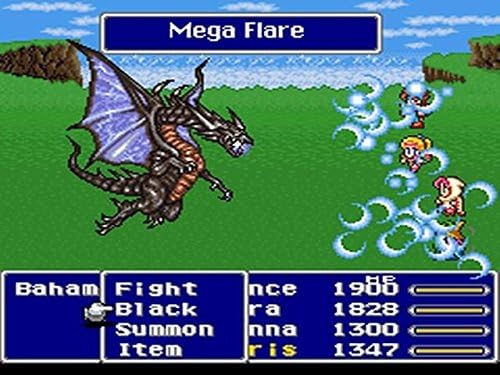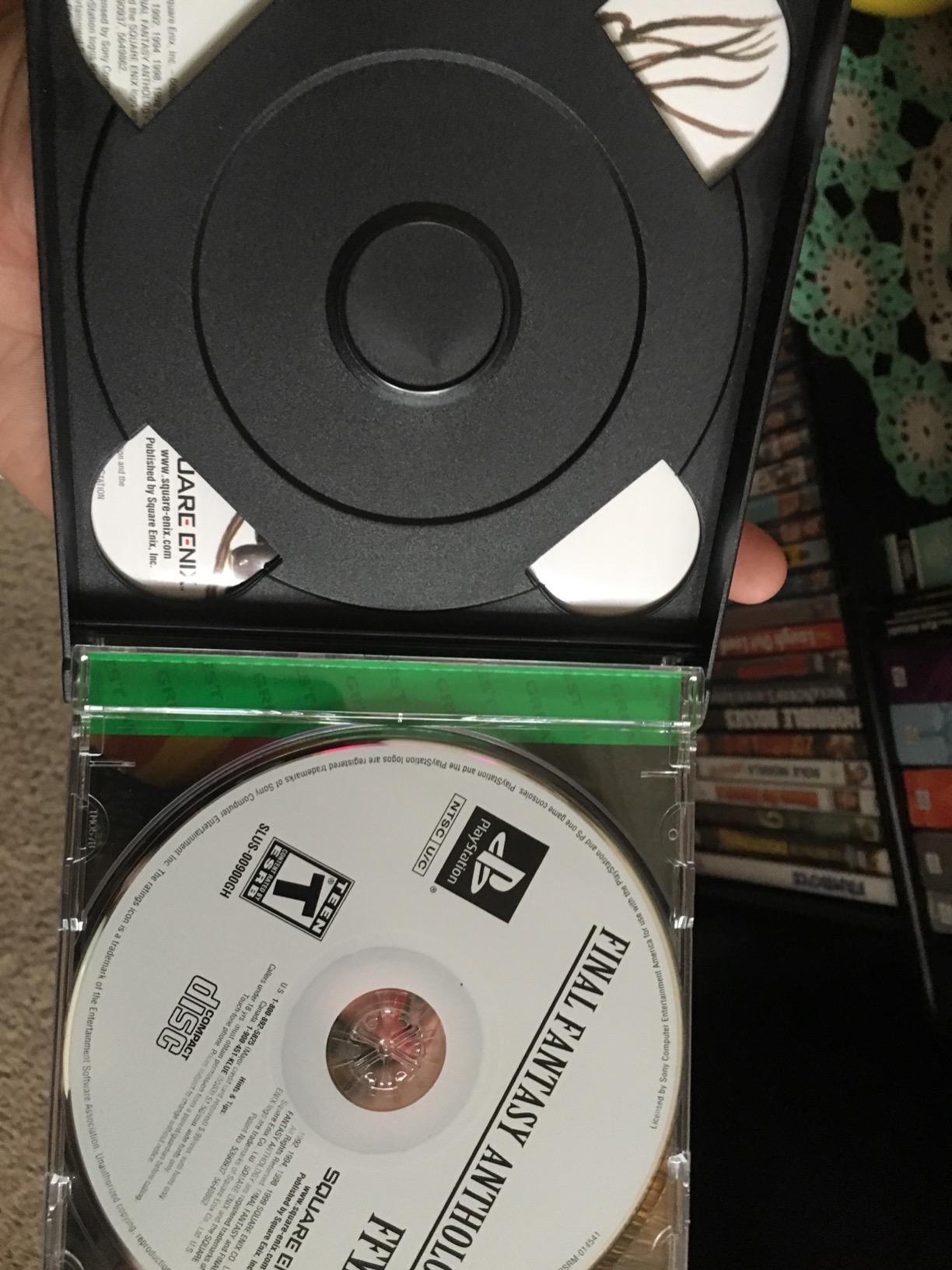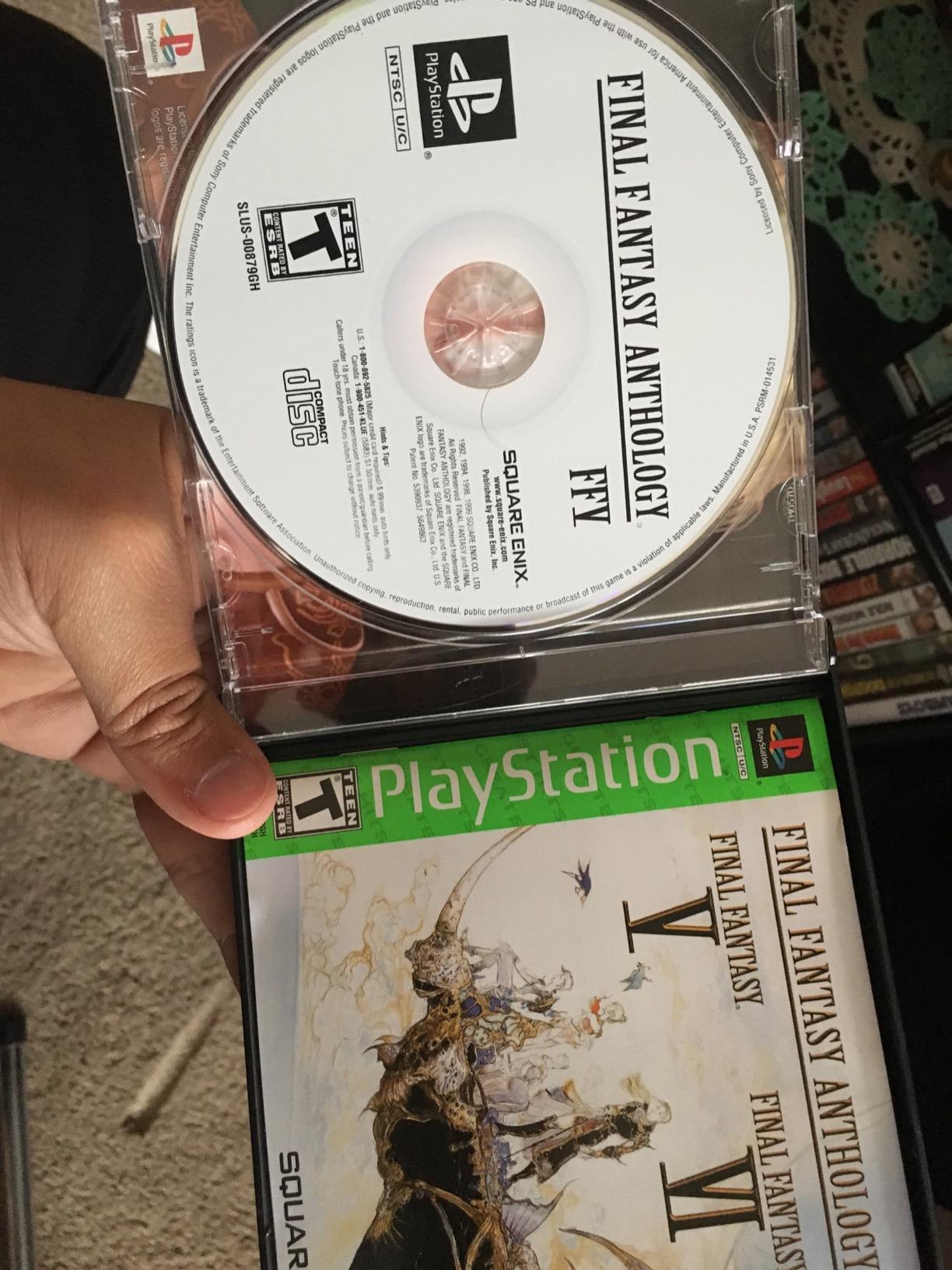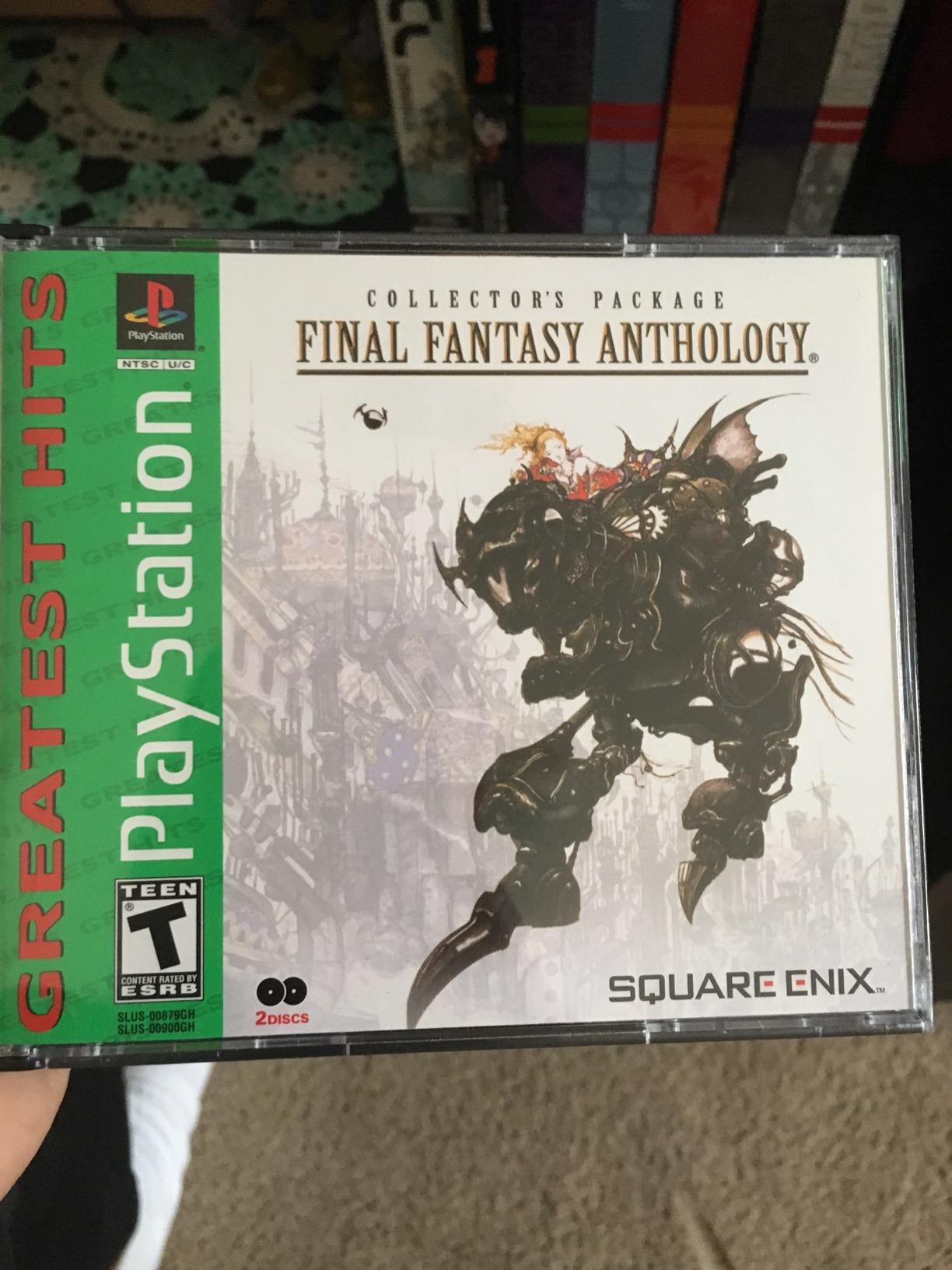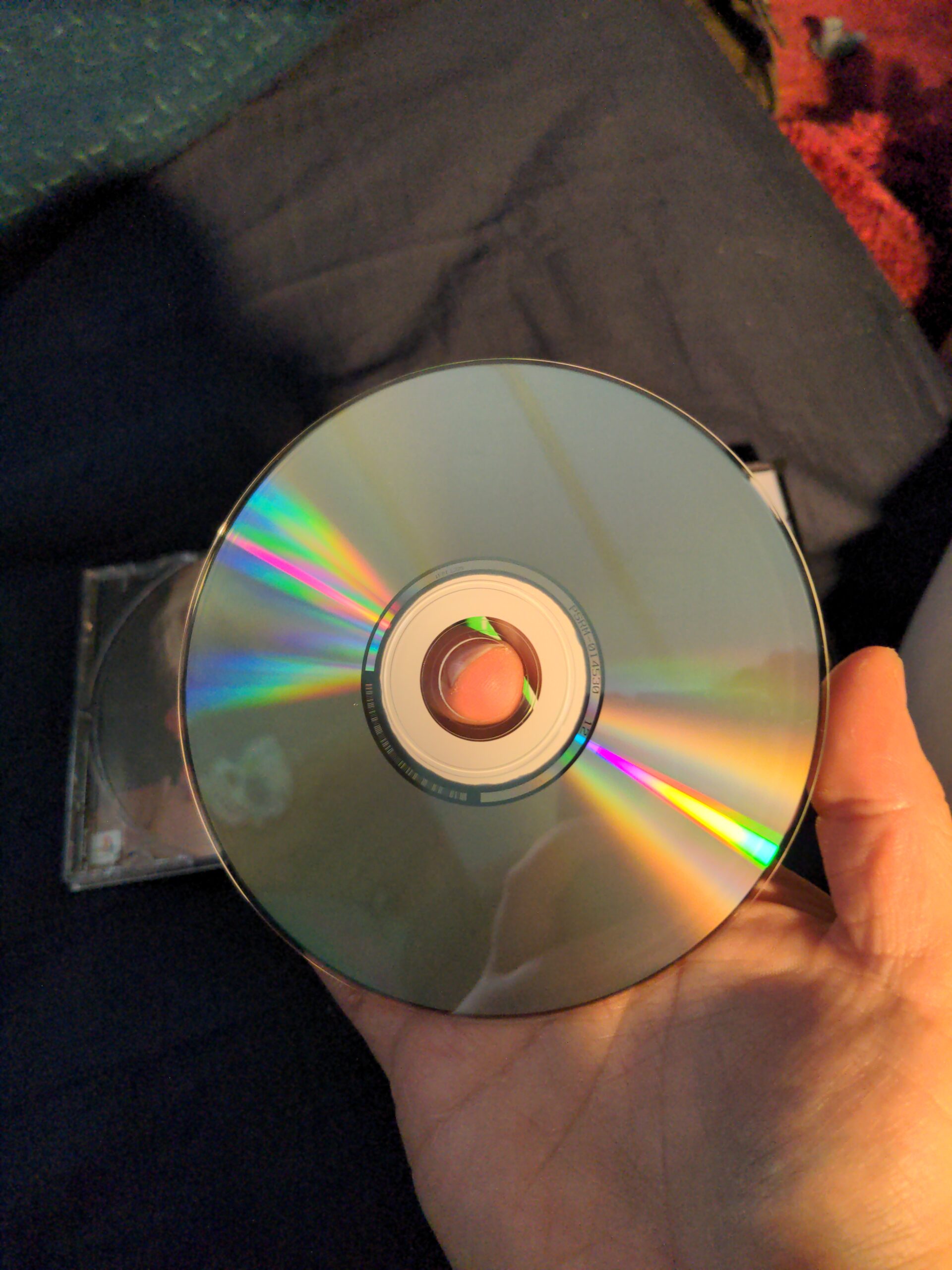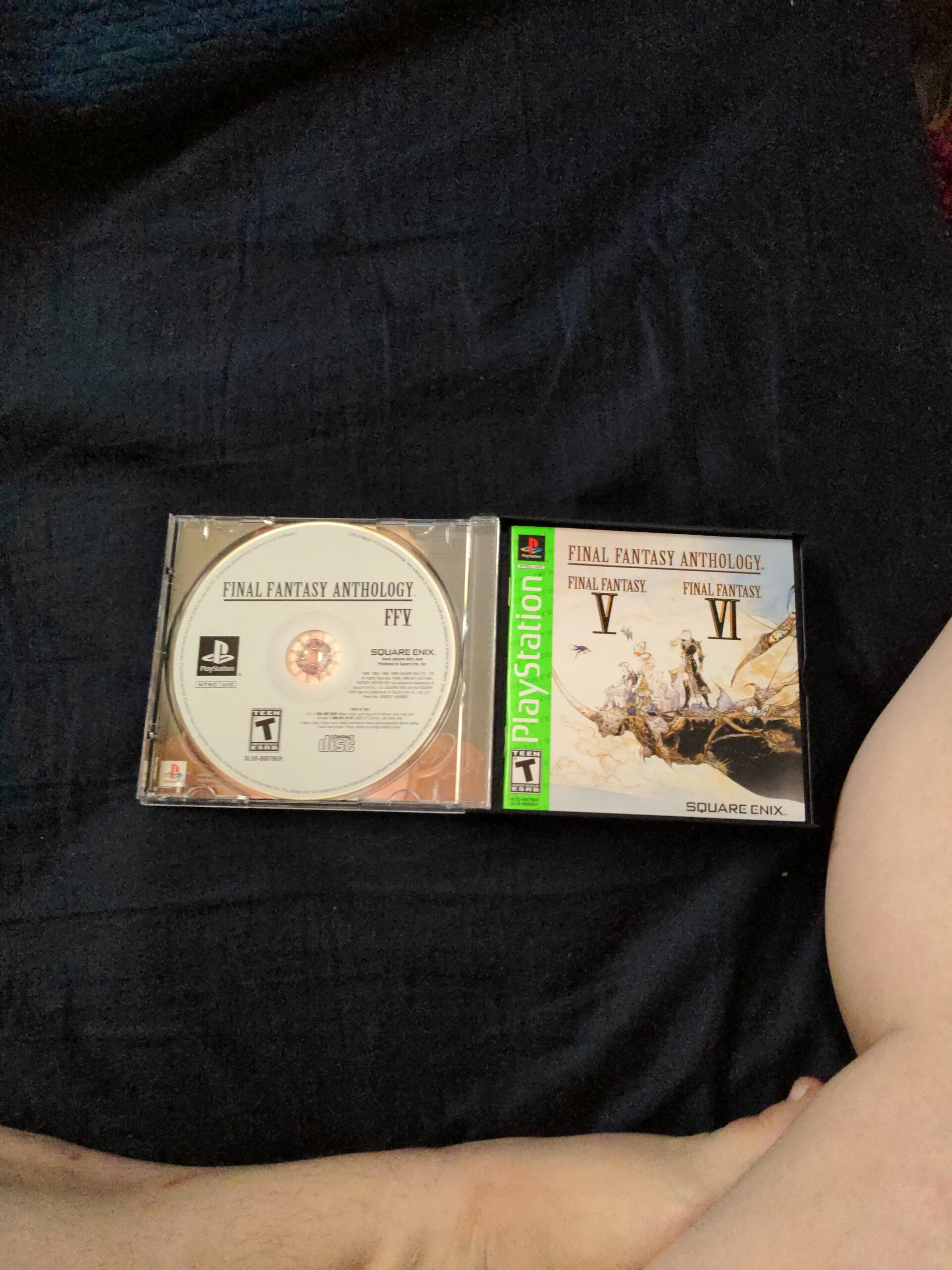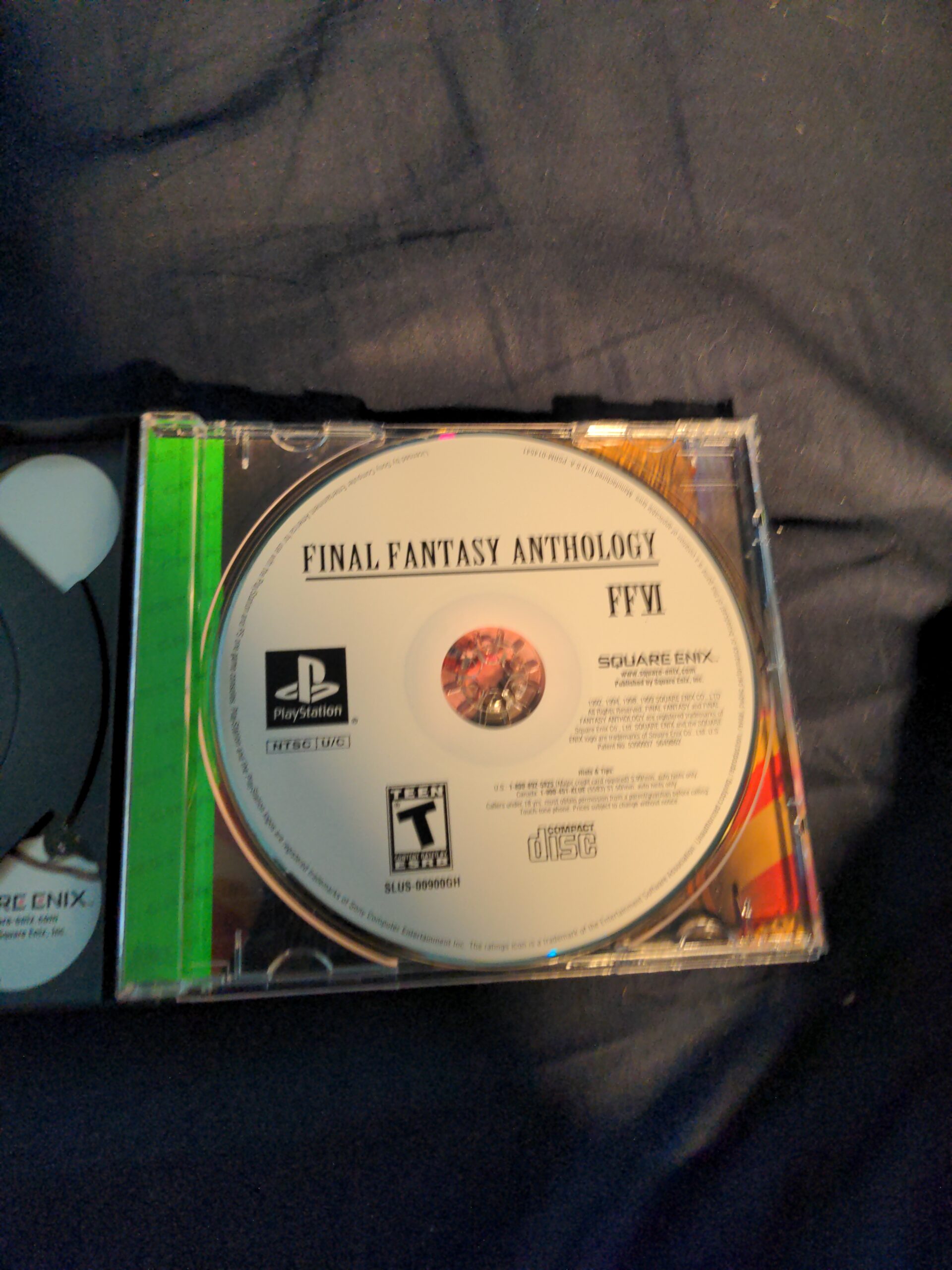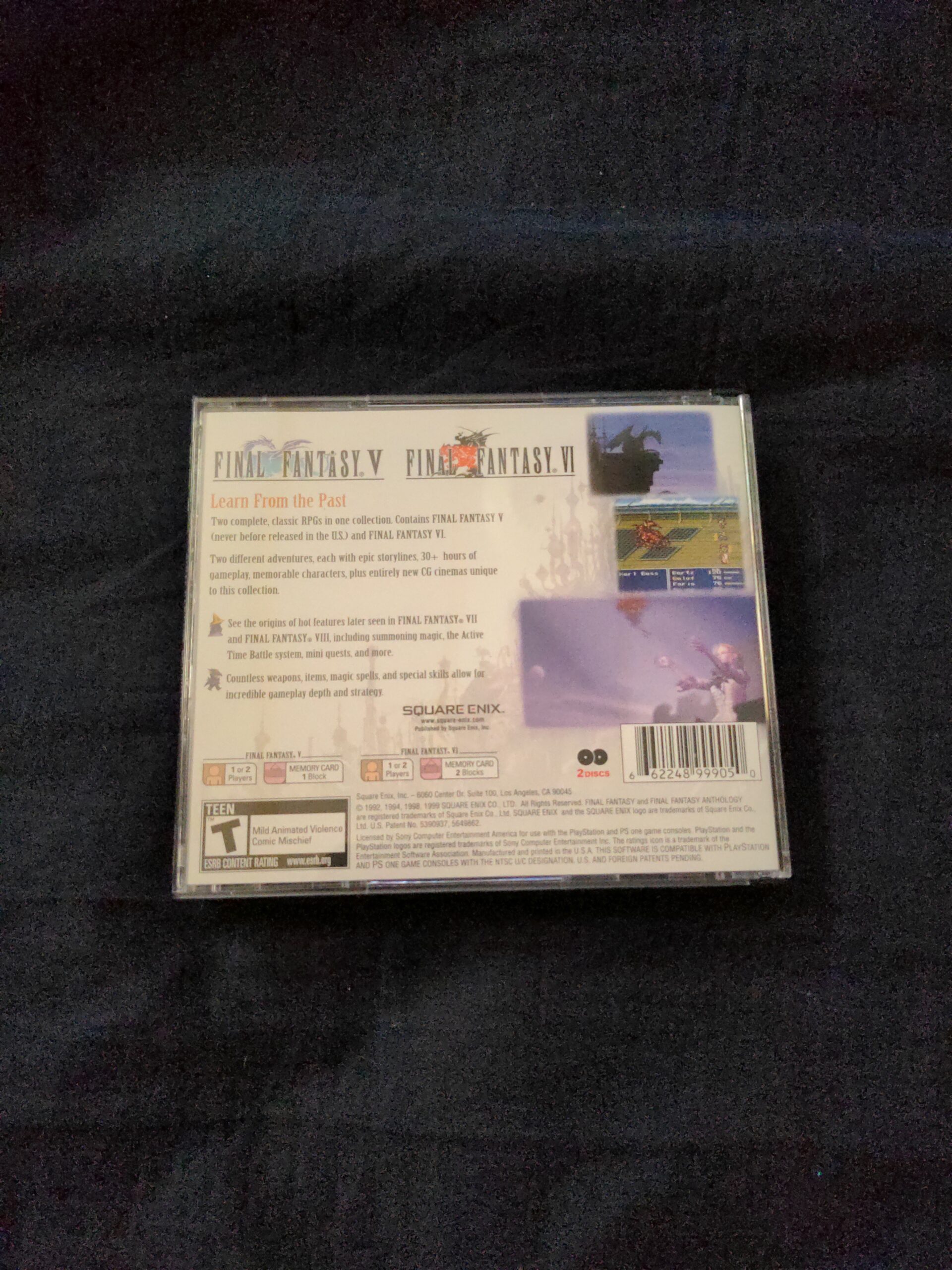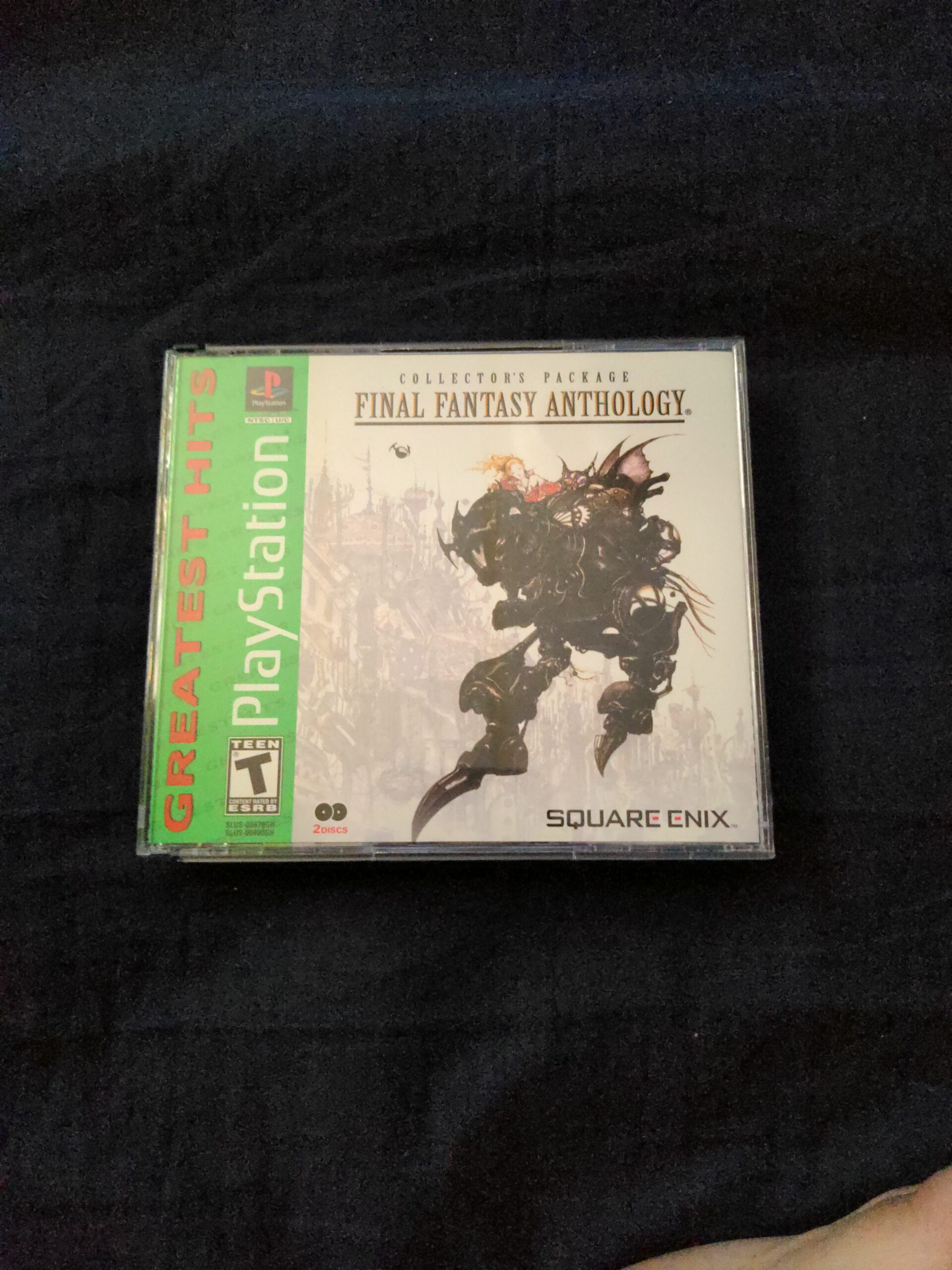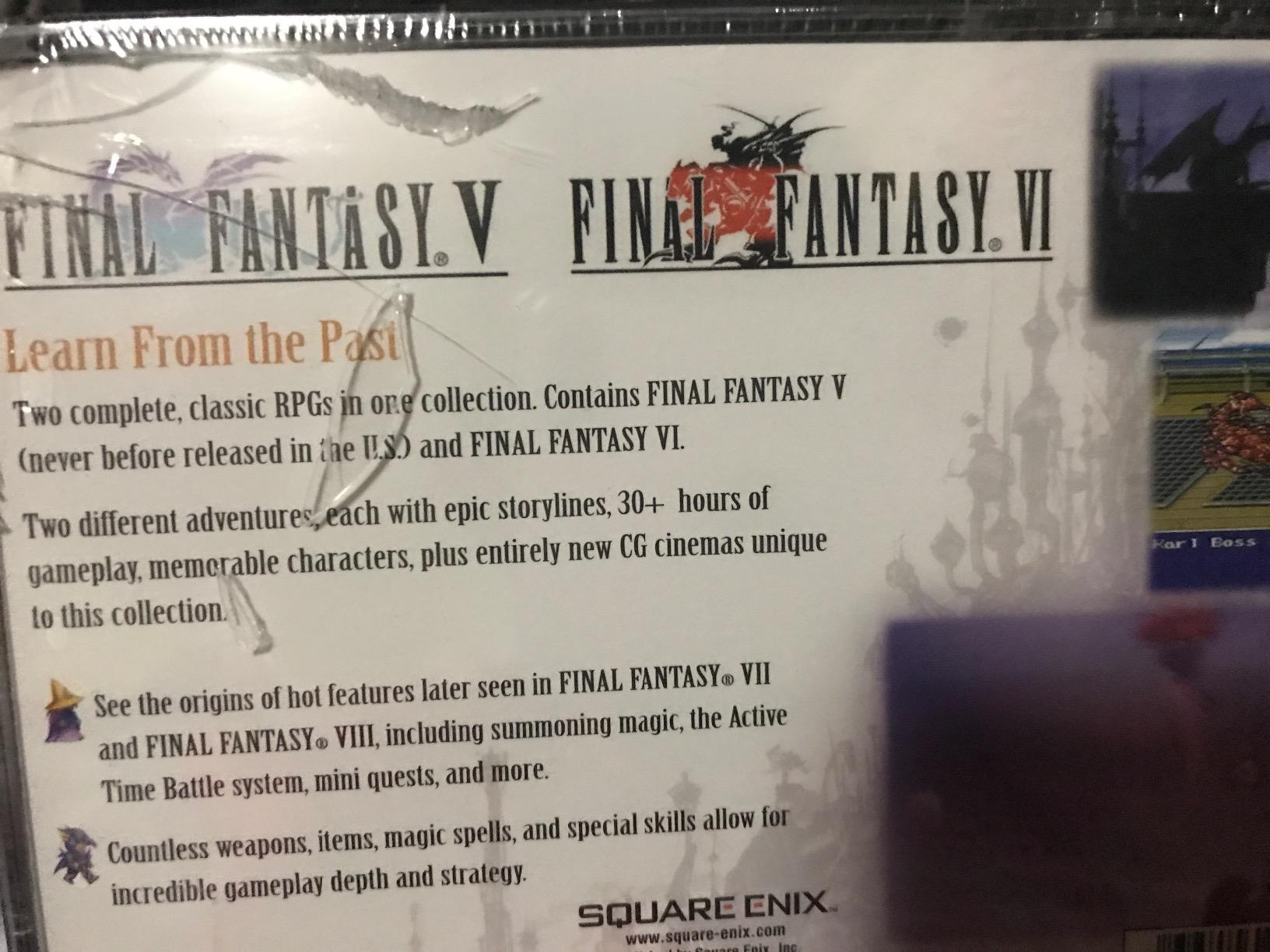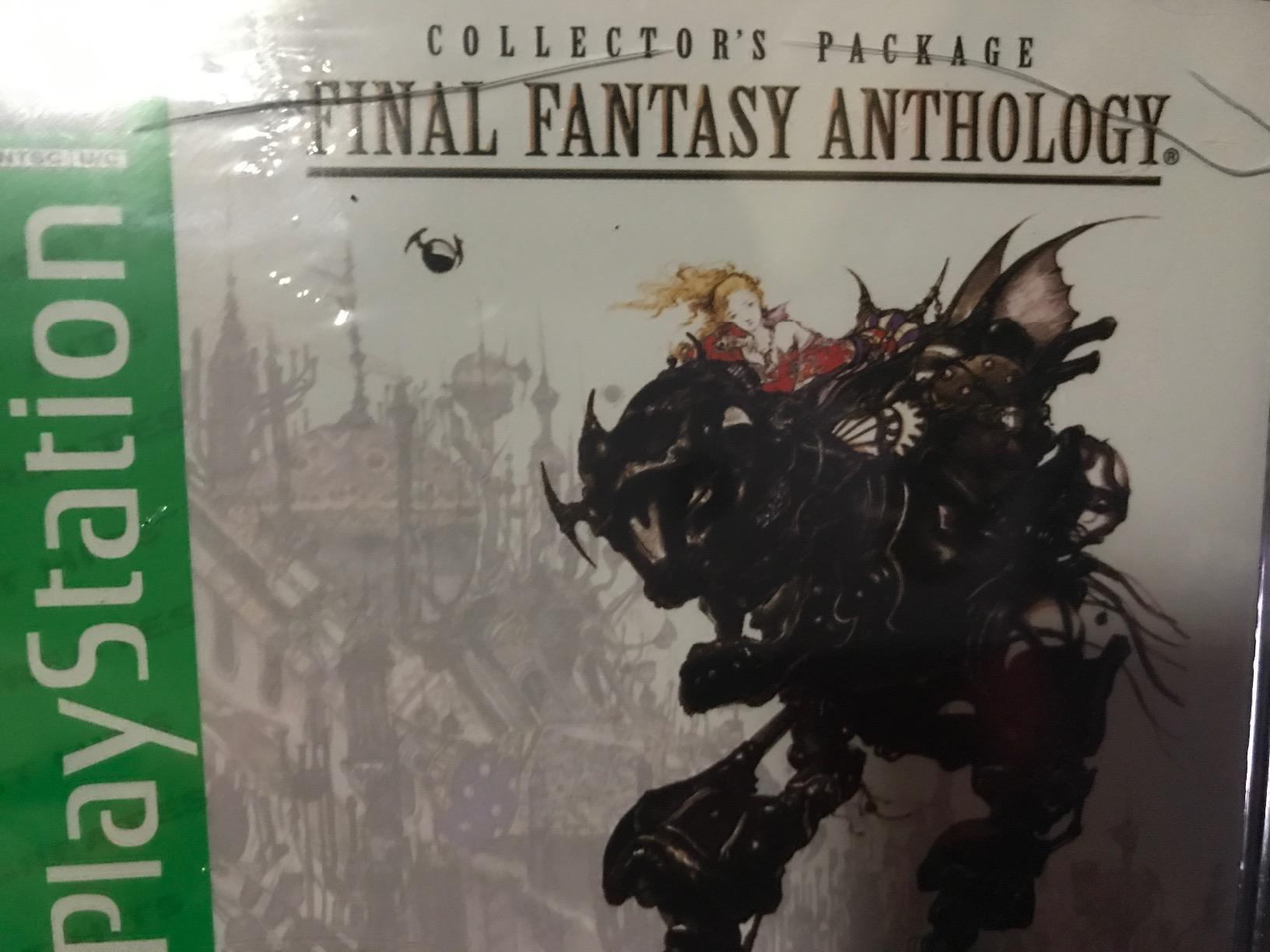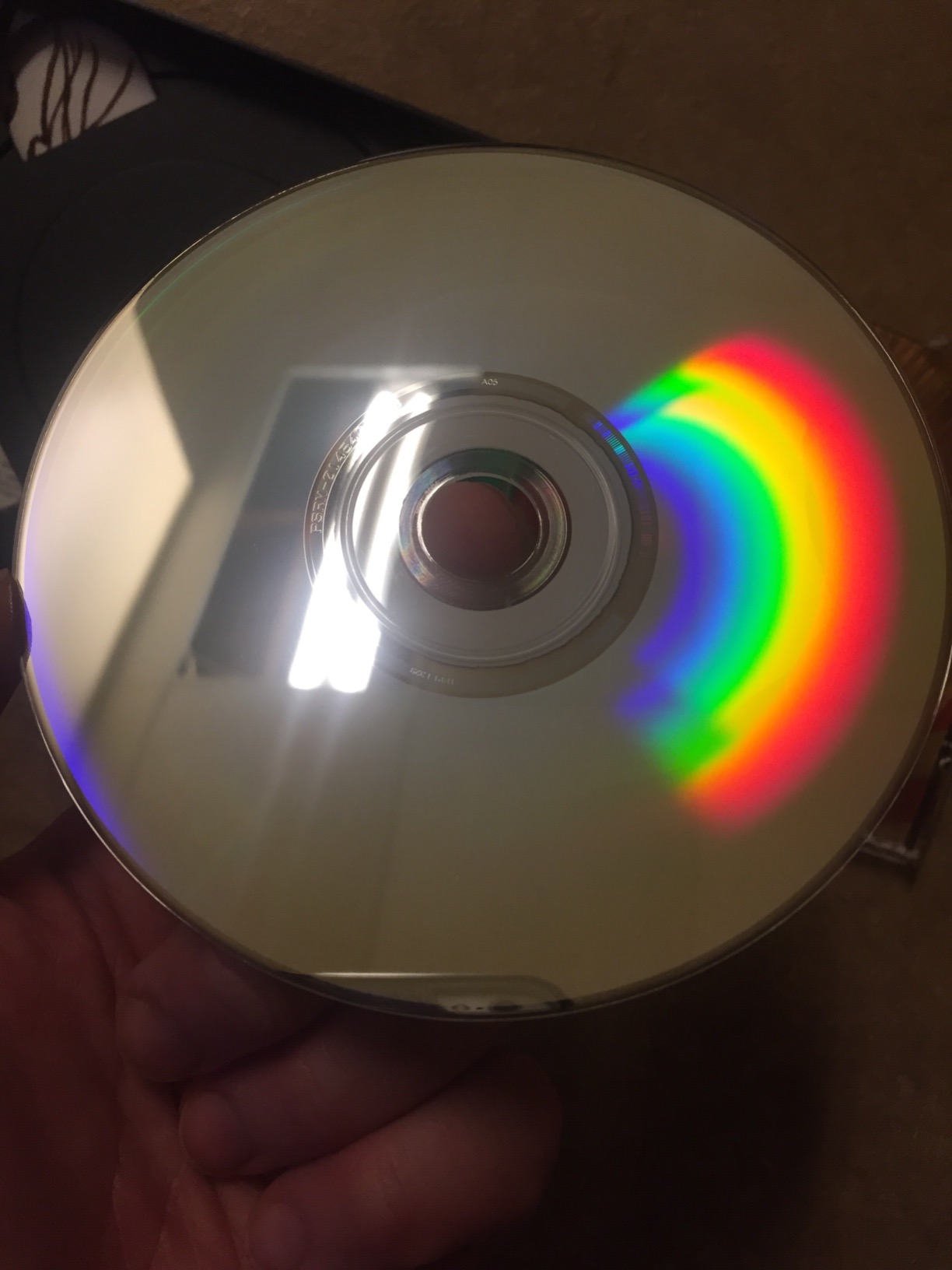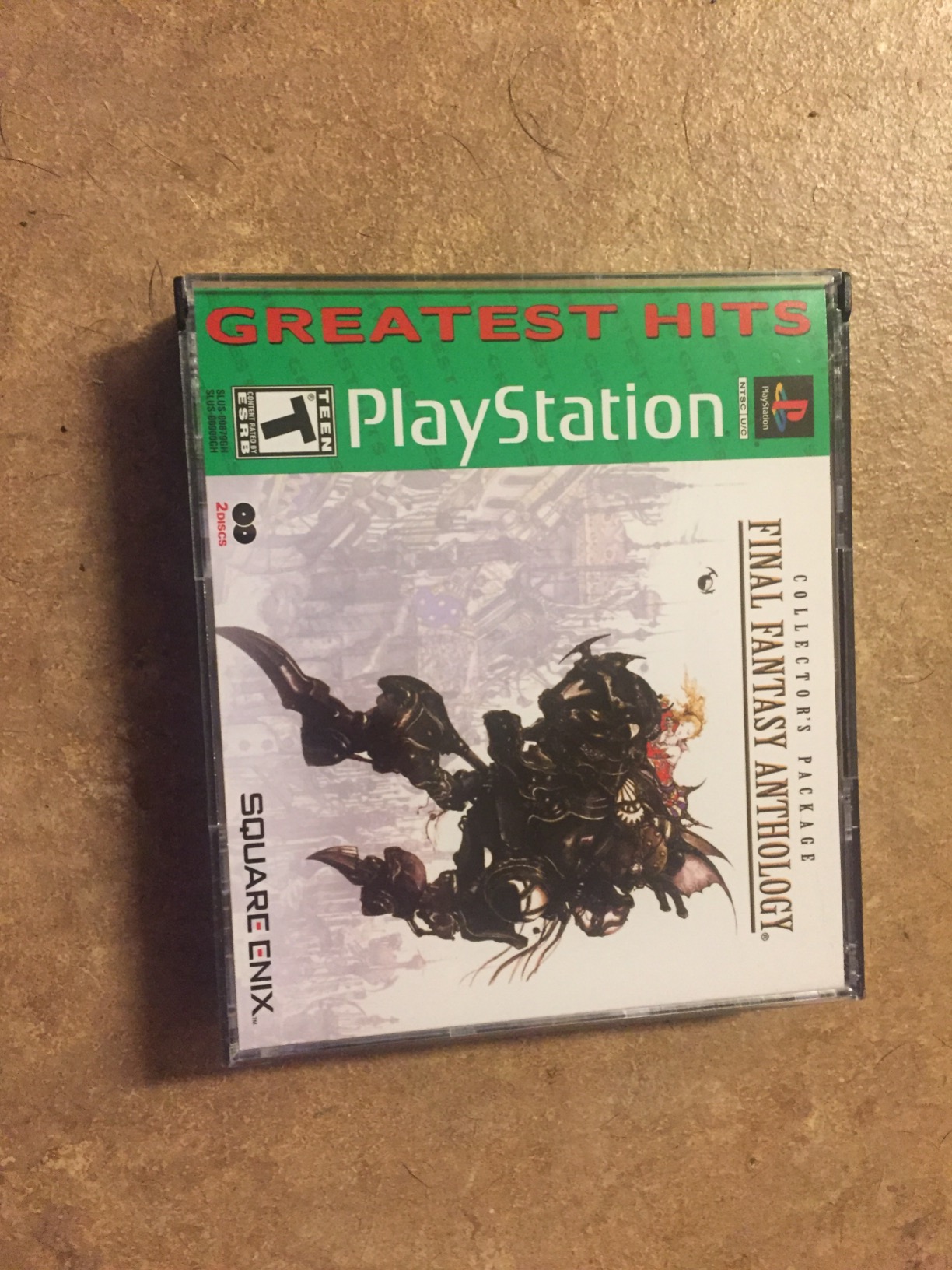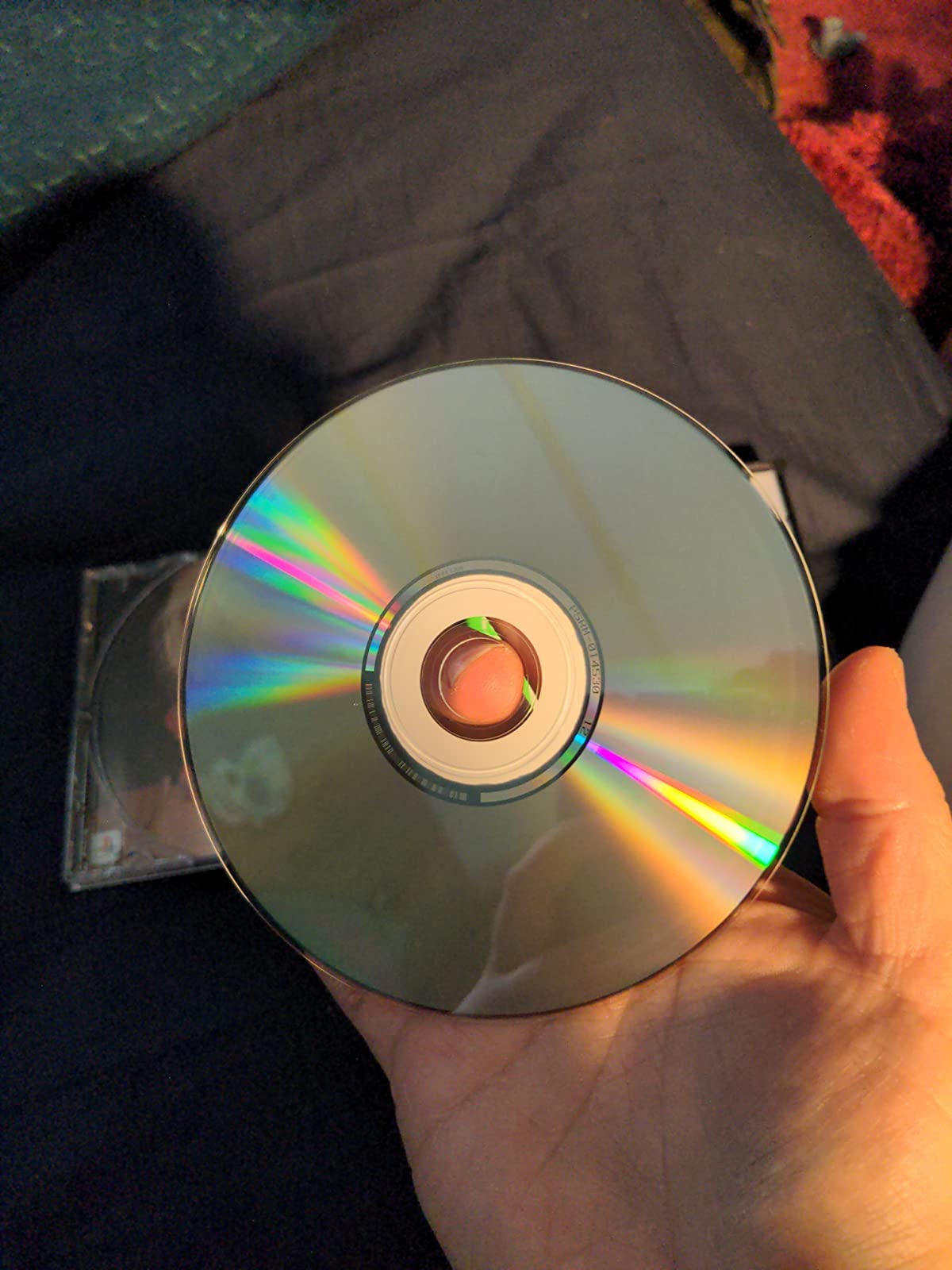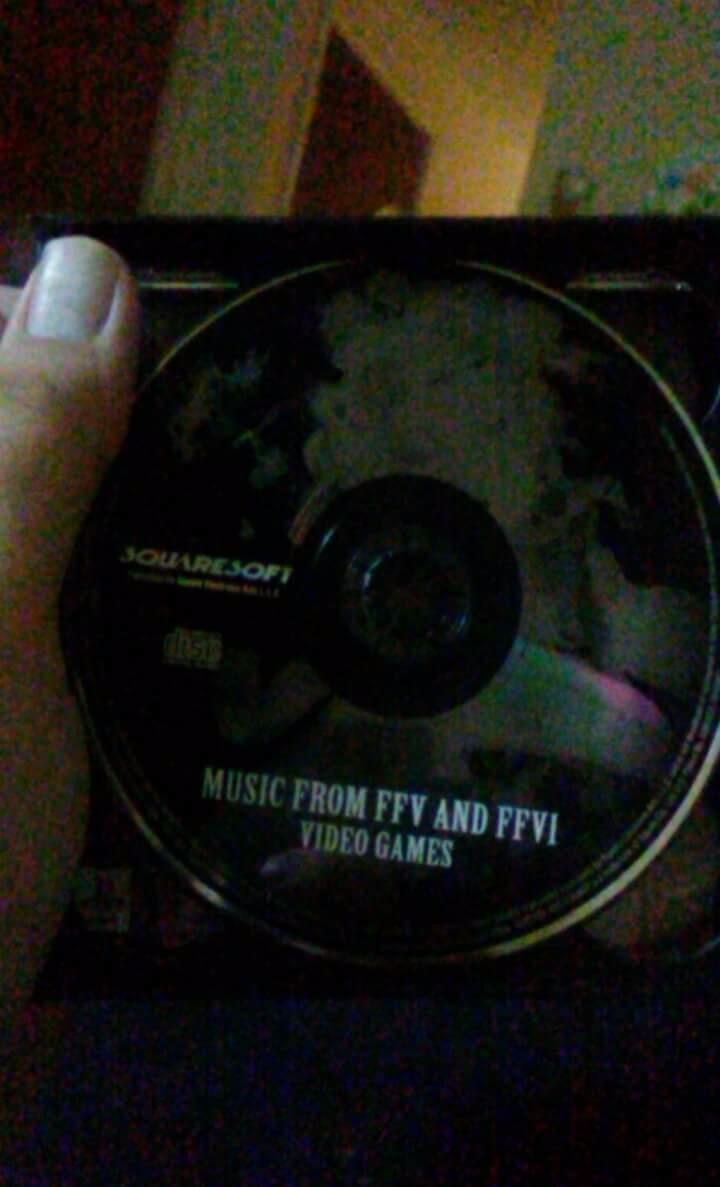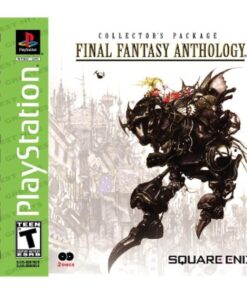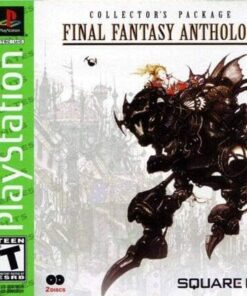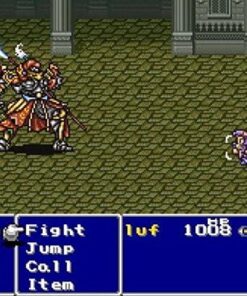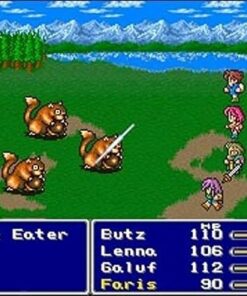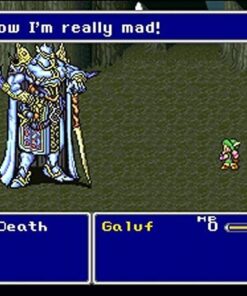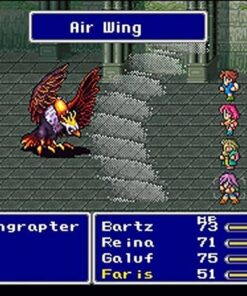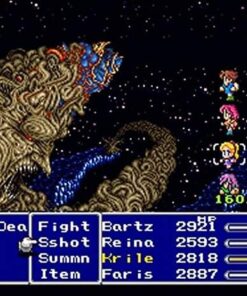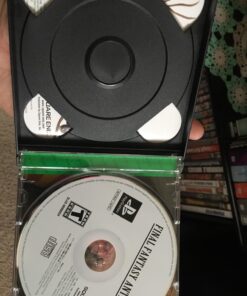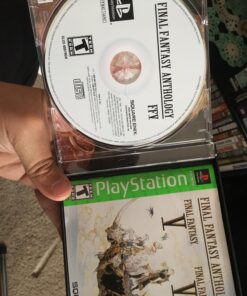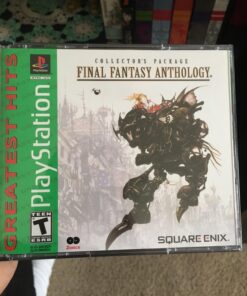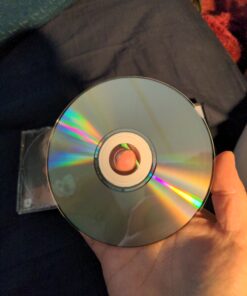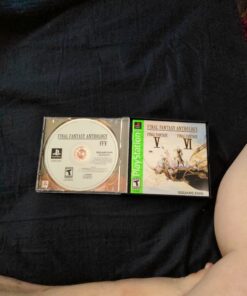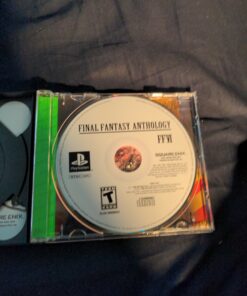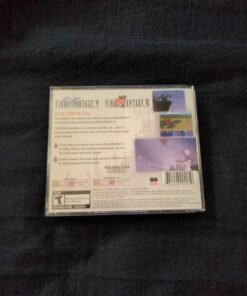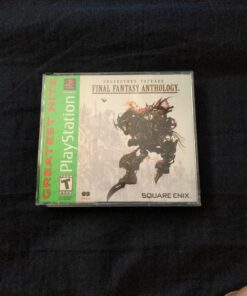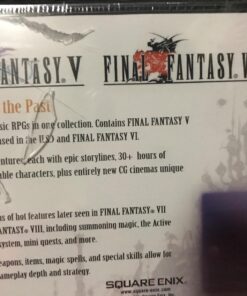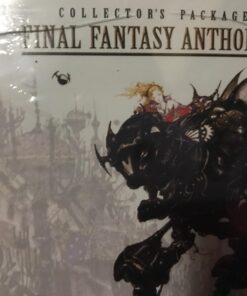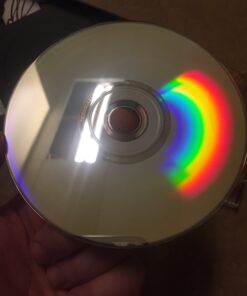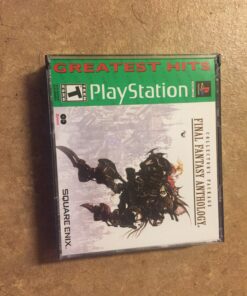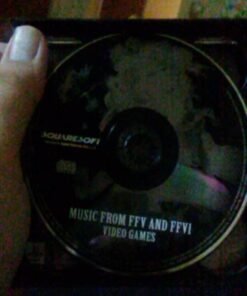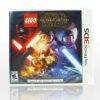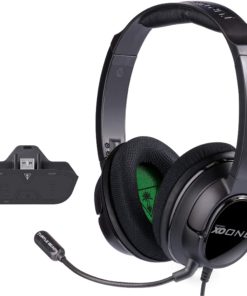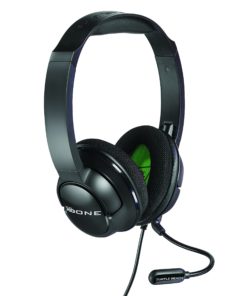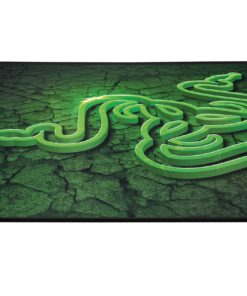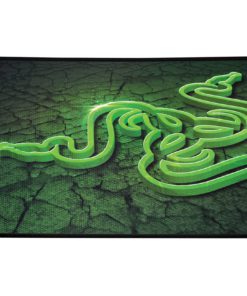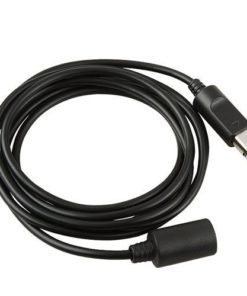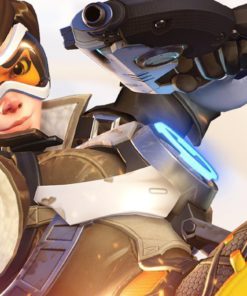Final Fantasy Anthology – PlayStation
Description
Final Fantasy Anthology incorporates two of the most
beloved FINAL FANTASY titles ever published. First released as FINAL FANTASY
III in the U.S., FINAL FANTASY VI brings back all of the qualities that made
it the best selling RPG of its time, and adds a few bonuses unique to this re-
release. The second title in this compilation, FINAL FANTASY V, is seeing its
first ever release in the U.S. Featuring an innovative ‘Job’ system and a
story that will take the player to different worlds, this title will finally
show U.S. gamers what they have been missing. If you are new to the FINAL
FANTASY universe, pick up Anthology as way of getting to know the series that
has garnered the praise of millions. If you are already a fan, pick it up to
relive the magic once again. Showcasing two installments of
SquareSoft’s wildly popular role-playing game (RPG) series, Final Fantasy
Anthology features the U.S. debut of Final Fantasy V, and reintroduces one of
the best RPGs of all time, Final Fantasy VI, originally released as Final
Fantasy III on the Super Nintendo gaming system. Both games are straight Super
Nintendo conversions, so their 2-D graphics and 16-bit sounds are admittedly
subpar by PlayStation standards. However, SquareSoft has added brand-new,
beautifully animated movies for both titles, and has given Final Fantasy VI
the star treatment it deserves by adding a bonus mode where gamers can access
loads of supplementary material, such as artwork and data files on the game’s
monsters and items. While Final Fantasy V is one of weaker entries in the
series, Final Fantasy VI alone is totally worth the price of Final Fantasy
Anthology. Endearingly melodramatic characters, a genuinely epic story line,
and rock-solid gameplay make Final Fantasy VI just as absorbing today as it
was when it was Final Fantasy III. –Joe HonPros:Brand-new animated
moviesReissues Final Fantasy VI, one of the best RPGs everLots of
supplementary material for Final Fantasy VICons:Dated graphics and sounds may
bother some gamersThe previously unreleased Final Fantasy V may as well have
stayed unreleased P.when(‘A’).execute(function(A) {
A.on(‘a:expander:toggle_description:toggle:collapse’, function(data) {
window.scroll(0, data.expander.$expander[0].offsetTop-100); }); }); Review
When Square re-released classic SNES Final Fantasy titles for the PlayStation
in Japan, the more cynical minded accused the company of milking its core
franchise; after all, the titles were repackaged with negligible gameplay
enhancements and extras. But when Square announced the US release of Final
Fantasy V and VI – combined as Final Fantasy Anthology – well, that’s a horse
of a different color, isn’t it? After all, the series didn’t hit it big in the
US until Final Fantasy VII, and many gamers never played the Super Nintendo
installments. Moreover, one of the titles, Final Fantasy V, is coming to the
US for the first time ever. So how does the Anthology stack up? As a
historical monument of two genre landmarks, it is fantastic; as two individual
RPG titles, each is a masterpiece of gameplay and storytelling; but as a
modern collection of classic titles, the package falls unfortunately short.
Before its arrival in the anthology, Final Fantasy V was announced and
canceled for a US release no fewer than three times. The fourth announcement
was the charm, however, and many gamers’ favorite Final Fantasy has finally
hit the States. So what was the big fuss about? Certainly not the storyline.
Unlike the more “modern” Final Fantasies – VI, VII, and VIII – Final Fantasy V
features paper-thin characters, a trite and clichéd plot, and hours of fetch
quests uninterrupted by character development or plot twists. The endearingly
poor translation doesn’t help things, either; it reads like a cross between
early-’90s shoddiness and late-’90s “attitude.” Think Working Designs without
the proofreading – or the humor – and you’re close. Making matters worse is
that since the game’s original nonrelease in 1993, there have been two
separate fan translations of the entire game – and both are vastly superior to
Square’s “official” effort. Yet despite the mediocrity of plot, dialogue, and
everything else modern RPGs are so dependent on, there’s something that keeps
gamers coming back to Final Fantasy V time and time again: rock-solid
gameplay. Final Fantasy V delivers one of the series’ most in-depth and
detailed game systems: the job system. Each character can be assigned one of
22 possible jobs or classes. Choices range from traditional classes, like
knights, wizards, lancers, and thieves, to more esoteric ones, such as
chemists, dancers, sorcerers, and trainers. Each class has certain innate
skills and abilities (ninjas can use two swords, thieves have high agility,
wizards can cast their variety of magic, and so forth). Ability points earned
from battle increase the job’s level and you’ll eventually gain secondary
abilities. Each class can then “equip” a single earned ability. This
flexibility can lead to powerful combinations: A knight can use the ninja’s
“equip two swords” ability and then wield a heavy sword in each hand. A monk
can use the knight’s “wear heavy armor” skill to become a defensive
powerhouse. This level of flexibility and ability to customize is what has
endeared the job system to many players. Final Fantasy VI was many gamers’
first entry to the world of traditional Japanese RPGs. Even today, its
characters and storyline are a high mark for the entire genre. Final Fantasy
VI marks the series’ turn towards more mature storylines and well-developed
characters; the super-deformed graphics mask an exceedingly well-formed story.
Over 14 characters join your party – the most of any Final Fantasy game – and
they have their own story, motivations, and side quests. Final Fantasy VI is
an absolutely massive RPG, and even a skilled player will take 40 to 50 hours
to uncover all of its secrets. Final Fantasy VI lacks the detailed system of
Final Fantasy V but more than compensates with its large number of unique
characters. Each party member has a special technique to use in battle. Sabin
the bruiser has Street Fighter-style button combinations; Cyan has his sword
techniques; Terra the half-Esper can morph into a more-powerful form, and so
forth. You are encouraged to frequently switch party members and sample
everything the characters have to offer.As mid- to late-generation 16-bit
titles, these games’ presentations have slightly suffered. The gameplay
remains rock solid, but the graphics appear dated and old-fashioned. Players
used to Final Fantasy VIII’s six-head-tall characters may be initially put off
by the SNES games’ squat sprites; players drawn to Final Fantasy VII and VIII
for the eye candy will be more than disappointed. Open-minded gamers who
understand what they’re getting into should have no trouble slipping into the
retro-groove, however. Even today, the games stand as masterworks of 2D
design.The music, amazingly, has only improved with time. Hearing series
composer Nobuo Uematsu’s masterworks is a revelation; that such orchestral
majesty was wrought from the Super Nintendo’s primitive sound hardware is mind
shattering. Unfortunately, the emulation process has slightly garbled some of
the instruments and sound effects; careful listeners can discern an overall
tinniness not present in the SNES versions.In their haste to bring these
classic titles to market, Square has skimped slightly on the presentation.
Unlike most classic compilations, there is very little in the way of extras.
Final Fantasy V and VI both feature a brief rendered introduction and ending,
and Final Fantasy VI features an “omake” mode with a monster encyclopedia,
battle history, and art gallery. The games themselves are untouched from their
original SNES incarnations; aside from the bit of load time here and there,
you might as well be playing the original cartridges. The one included extra
is an OSV soundtrack of songs reportedly culled from a survey of Square Soft
fans. Unfortunately, the survey results posted at Square’s web site show that
fans’ votes were entirely ignored, and the music disc contains as many
stinkers as it does glaring omissions.Mediocre packaging and emulation quirks
aside, it’s hard not to like Final Fantasy Anthology. Gamers get two of the
deepest, greatest RPGs ever created for less than the price of a single new
game – it’s hard to argue with that sort of value. Whether you’ve waited five
years for Final Fantasy V or just finished your first Final Fantasy, the Final
Fantasy Anthology is sure to entertain. –Andrew Vestal –Copyright ©1999
GameSpot Inc. All rights reserved. Reproduction in whole or in part in any
form or medium without express written permission of GameSpot is prohibited.
GameSpot and the GameSpot logo are trademarks of GameSpot Inc. — GameSpot
Review See more
Features:
- Combines two full RPGs that provide over 30 hours of gameplay each
- Includes computer generated movie sequences created exclusively for this release
- Both games incorporate monster summoning magic later used in Final Fantasy 7
- The variety of "job" skills allows players to mix and match many different abilities to create custom characters
- The "Esper" magic system allows characters to cast over 90 different magic spells
Product Details:
- Release date: June 30, 2003
- Product Dimensions: 5 x 5.75 x 0.98 inches; 5.6 Ounces
- Type of item: Video Game
- Rated: Teen
- Item model number: 9759
- Is Discontinued By Manufacturer: No
- Item Weight: 5.6 ounces
- Manufacturer: Square Enix
- Date First Available: October 2, 2001
| Dimensions | 5.5 × 5.0 × 1.0 in |
|---|---|
| Ean | 0662248999050 |
| Mpn | 9759 |
| Upc | 662248999050 |
| GTIN | 00662248999050 |
| Brand | Square Enix |
- Canada shipment can take up to 10 days
- Alaska, Hawaii, and Puerto Rico shipment can take up to 10 days, and some items may not be permitted to ship to these locations.
- If any shipment is not permitted to your area, full refund will be issued within two business days.
- Refund given as money back (no exchanges)
- Return Shipping to be paid by buyer, unless item defective or damaged.
- 15% Restocking fee applies unless return due to defective or damaged product.
- Perishable or Hazardous Goods are not returnable. Returns may require compliance with Manufacturer policies.
Related products
